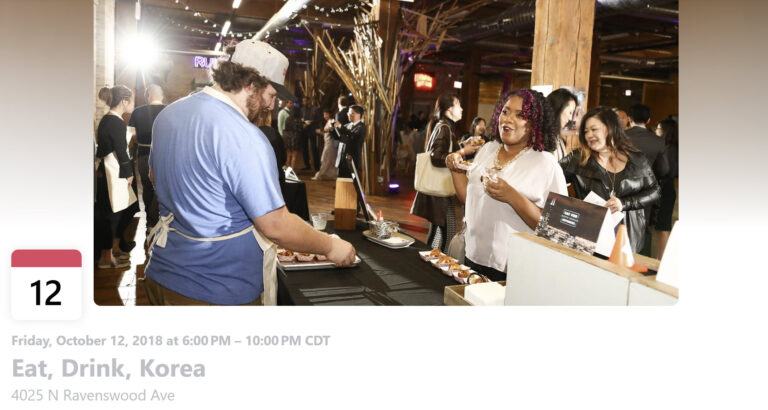Turning Crisis into Success
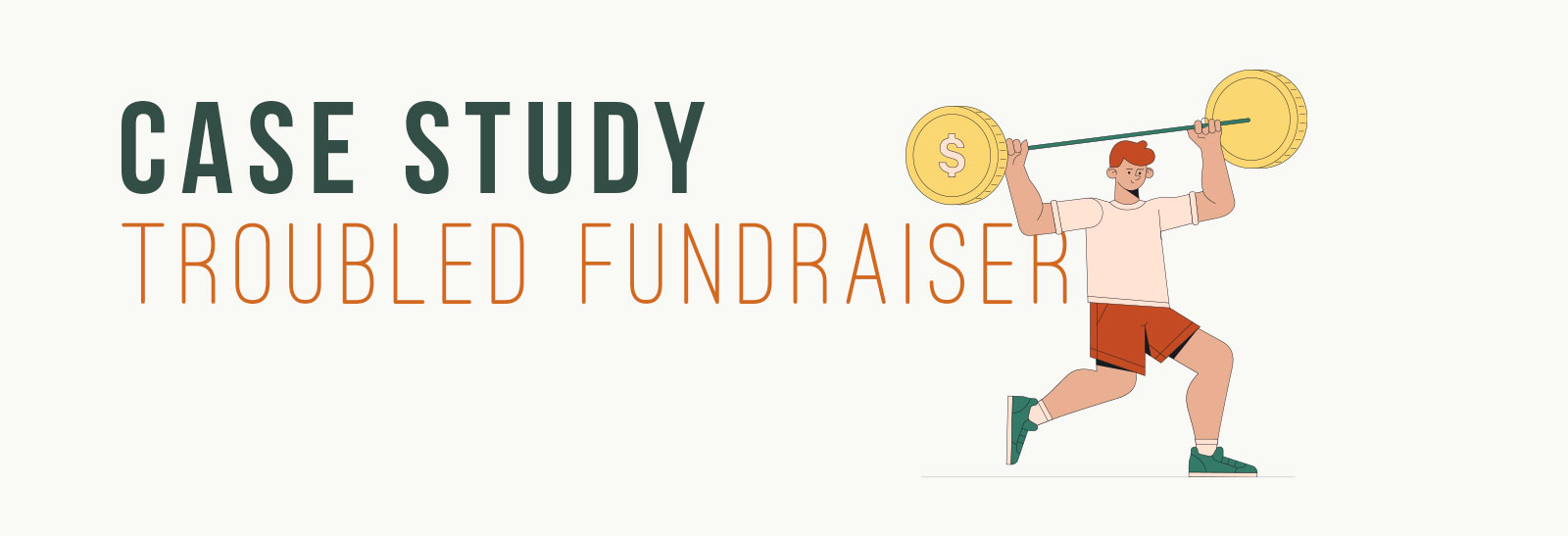
How smart pivoting saved a fundraiser
Toward the end of September in 2017, a charity organization by the name of Crossing Borders was in dire need of volunteers for their upcoming casual food event that would serve as a fundraiser. When I joined the planning committee to help with marketing, I quickly learned that they were also in dire need of a complete overhaul of their current marketing efforts.
The goal was to sell a minimum of 300 tickets. Yet, only about 60 tickets had been sold with three weeks remaining until the event date. Restaurants were already slated to participate with in-kind donations of time and food. Liquor companies had already committed to providing beverages. The venue space had a capacity of 700. Ticket sales had been open for practically two months. I seemed to be the only person alarmed and deeply concerned about the poor sales. It was apparent that it was time to activate crisis mode.
Why aren't tickets selling?
After learning of the struggling ticket sales, I did an assessment of their current marketing strategies. I then set out to address all the areas of concern in hopes of getting as close as possible to the minimum sales goal as we could in the short amount of time we had left. The following measures were taken:
1. Change the language
My first and foremost concern was with the copy being used on the fliers and event pages. The title of the food event was “Eat for North Korean Refugees” with a tagline of “all you have to do is eat.” The tagline was not only off-putting, and a bit tone deaf, but also incorrect. Pre-sale tickets were $75, and regular tickets were over $100. If you wanted to attend this event, you had to do a lot more than just eat. At such a high price point for such a casual event, the event’s message was crucial to getting people interested in investing their money and precious time on a Friday evening as the warm days of the year were already dwindling.
Another issue was the copy was focused only on the cause. Typically, this would be ideal for a gala or a sit-down dinner. However, it didn’t align with this event type which was intended to be a fun gathering with a very informal setting. I wanted to shift it from being seen as a charitable event featuring food, to a food event benefiting a cause.
“Do you love Korean food? Then this one of a kind of event should not be missed. E4NKR (Eat for North Korean Refugees) will play host to a culinary playground at Lacuna Lofts as some of the top Asian chefs in Chicago cook up mouthwatering Korean and Korean-inspired dishes.
Chef Will Song of bopNGrill will be leading the charge with popular food blogger Chef Julie Yoon. You’ll also find restaurants such as Honey Butter Fried Chicken, Del Seoul, Kimski, Dak Wings, Chicago Lunch Box, E + O Food and Drink, and more on deck to help raise funds to aid North Korean refugees.
Lacuna Lofts
Friday, October 13, 2017 from 6PM to 10PM
Space is limited, and tickets will not be sold at the door. Pre-sale ticket prices end Sept 30. Get your ticket while you can, as we sold out last year!
[EventBrite url path]”
In this new copy, I made sure to shine the spotlight on the chefs and restaurants involved. Especially on Will Song whose restaurant had been featured on Food Network’s “Diners, Drive-ins, and Dives.” Also, Chef Julia was a fairly popular vlogger on Youtube amongst Korean-Americans. In the original event copy, they were mentioned as only an afterthought. The change in language led to an immediate positive response and increased interest.
2. Change the mood
The flyers that were being used to promote the event were depressing, and far from enticing people to want to eat the delicious food that would be present. My next move was to change the design of the promotional visuals. I created wireframes for the charity’s designer to follow, and a guide on the direction of the new design.
Original flyer design

Print flyer wireframe
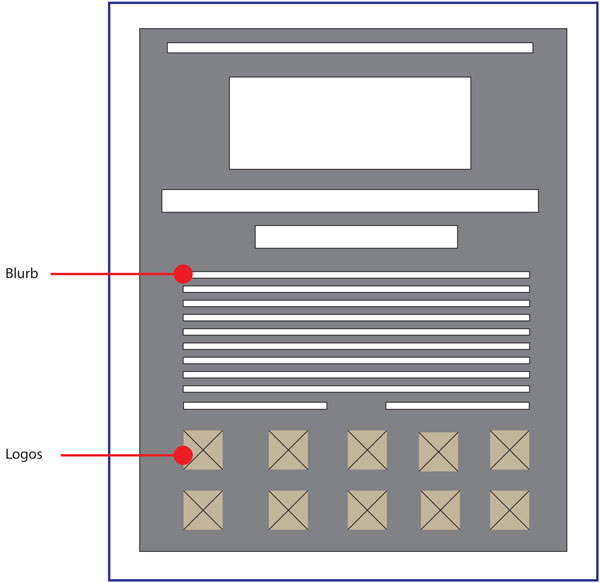
Digital promo wireframe
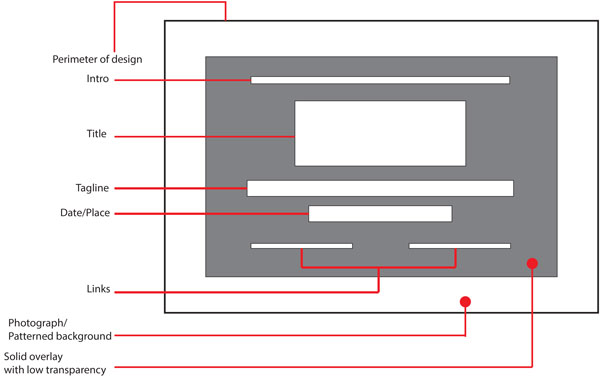
Again, the results were positive. There were new inquiries regarding what food would be served and what restaurants would be present. We were also able to attract more restaurants and eventually a hand-crafted cocktail beverage sponsor.
Revamped print flyer
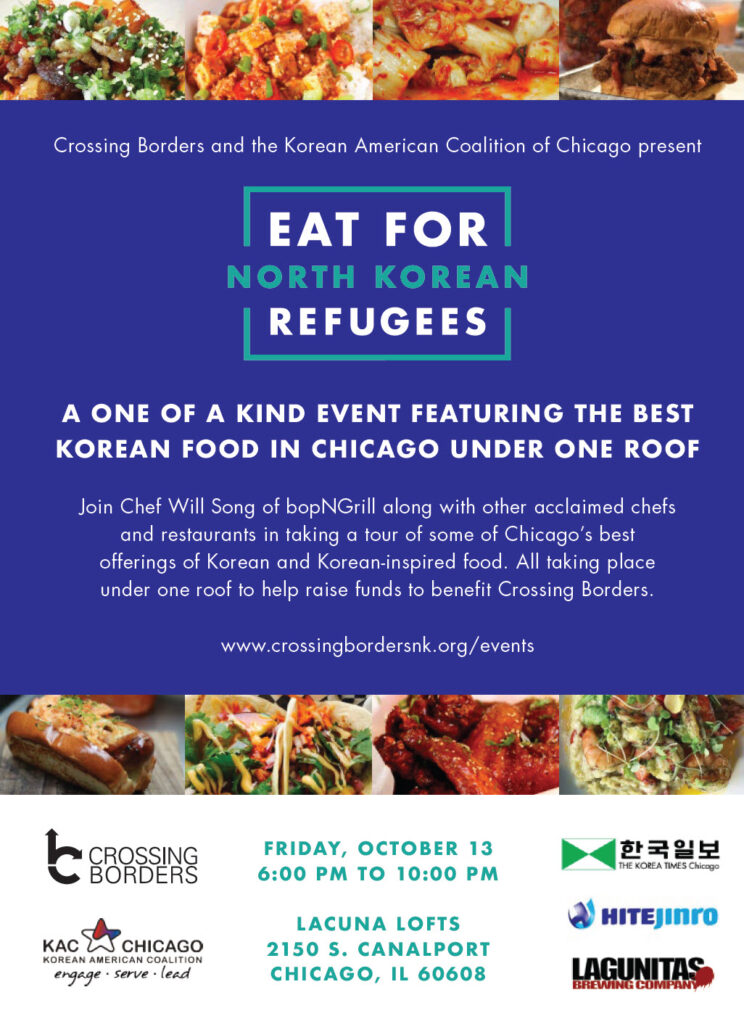
Revamped alt print flyer
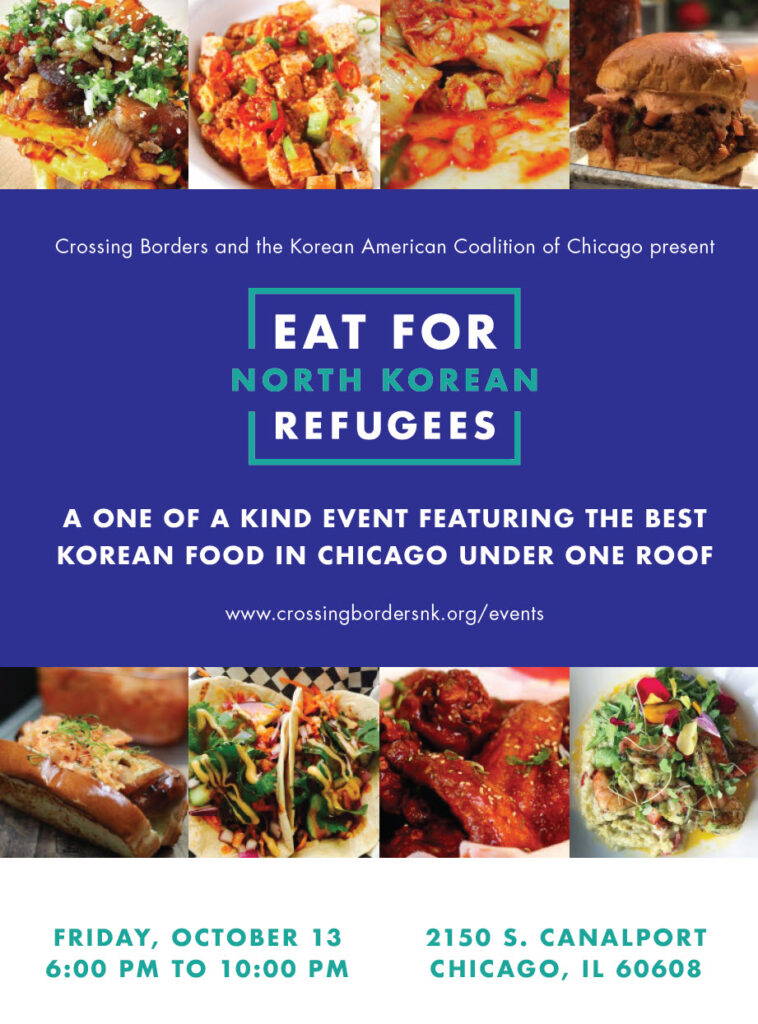
Revamped digital promo

3. Change the outreach approach
Prior to me joining the planning of the event, the planning team had been relying primarily on their personal networks and word-of-mouth to sell tickets. Additionally, marketing efforts were inconsistent. I streamlined marketing strategies and maintained a consistent message across all channels. To increase awareness of the event, I added on Public Relations as another marketing channel.
I was told there were people who were turned off by the charity being Christian-based and then others whose eyes glazed over at the first mention of fundraiser. However, there existed many groups that would be especially interested due to the charitable aspect. We needed to appeal to all personas while still being transparent about both the charity’s background and the casual food theme of the event. Therefore, I created two press releases; one food-focused and the other cause-focused, which differed slightly in copy to align relevant messages with the correct audience.
Food focused press release
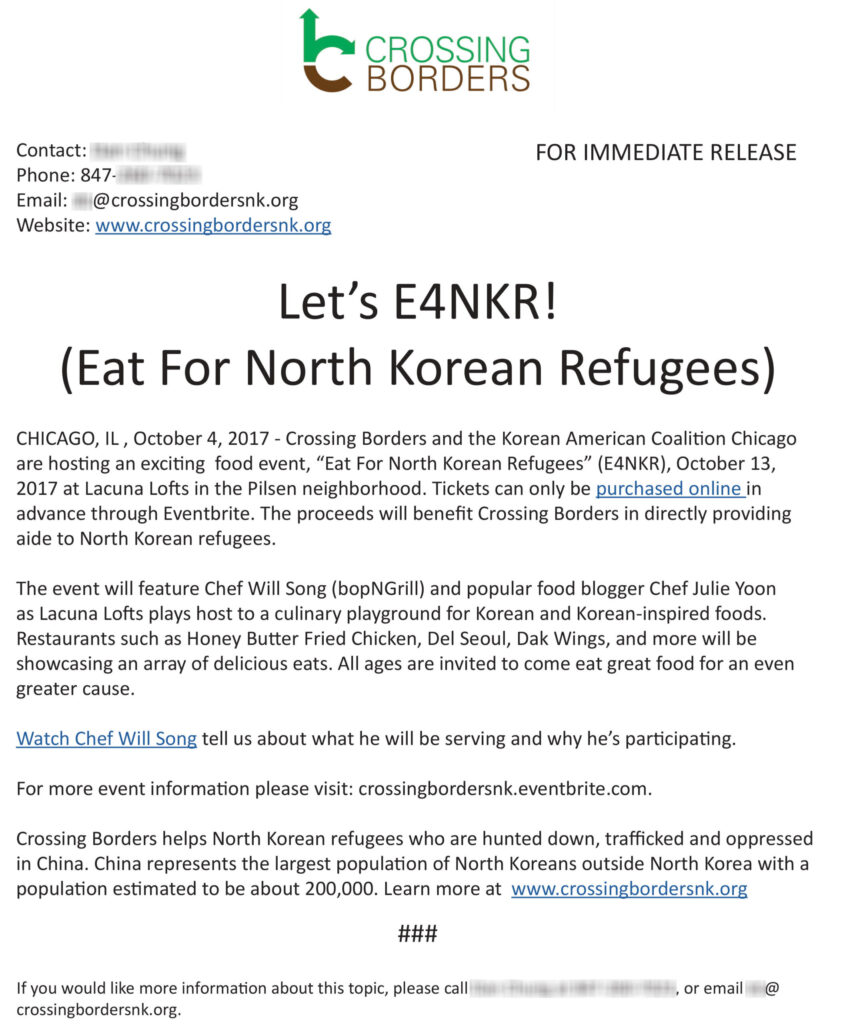
Cause focused press release
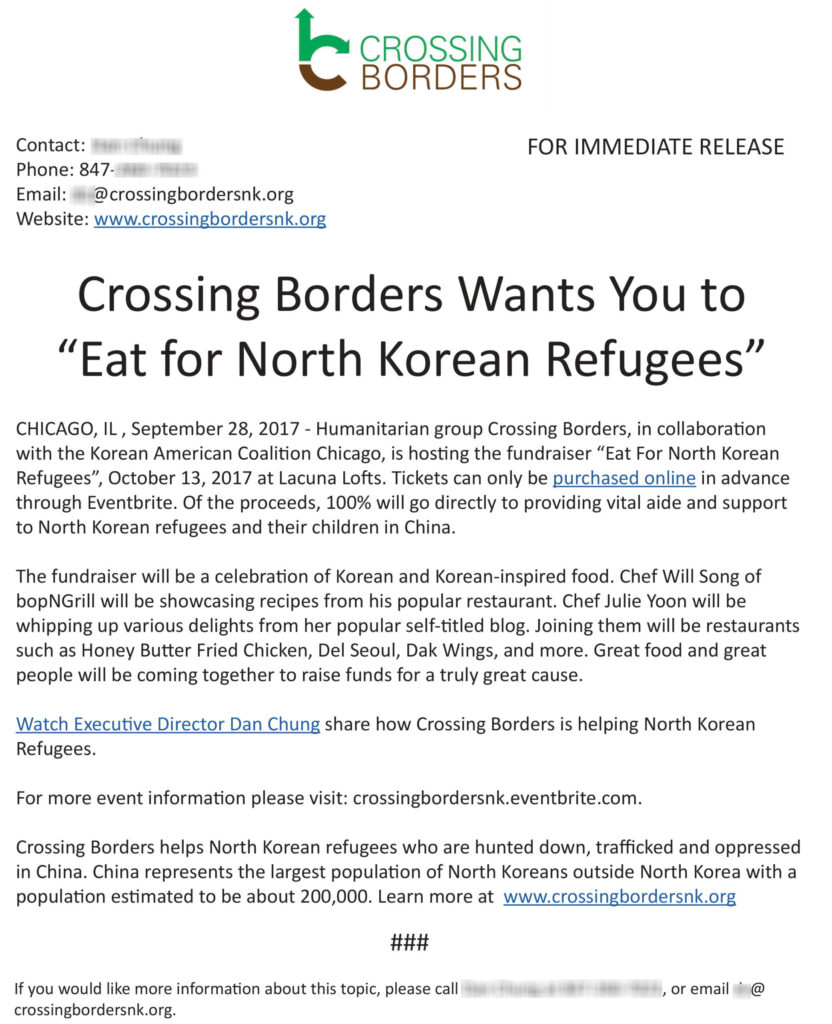
A key method that was being employed to connect with their networks was email marketing, which for the first two weeks of my involvement had been obscured from my sight. Once discovered, I saw that the email campaign was suffering from a low CTR and other staggering metrics. With only a week left until the event date at that point, I moved quickly to simplify the layout and messaging for a last ditch effort.
Original email
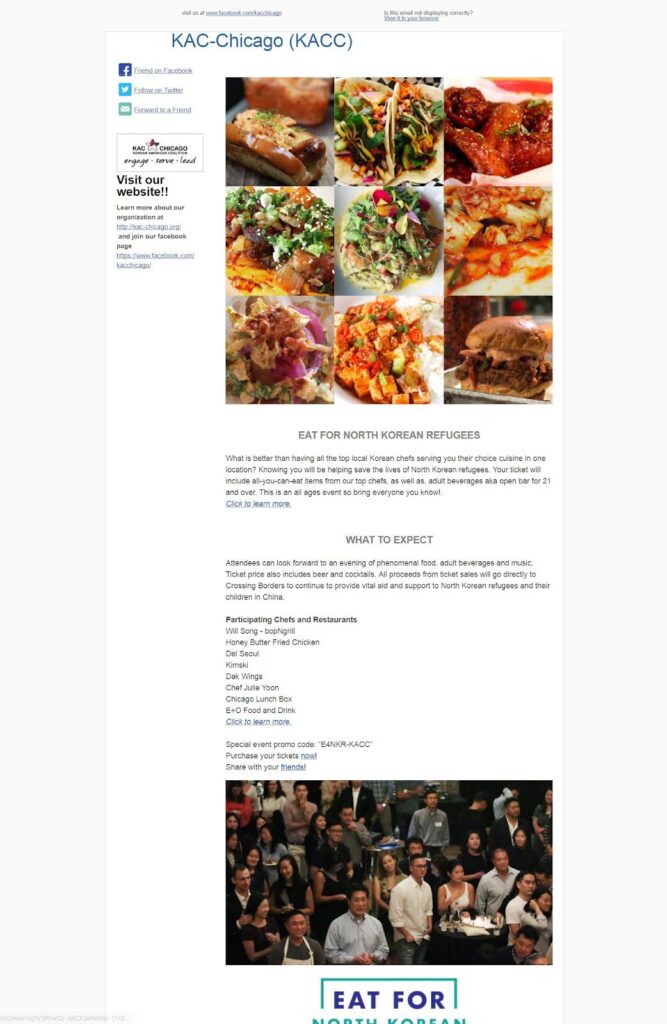
Revamped email
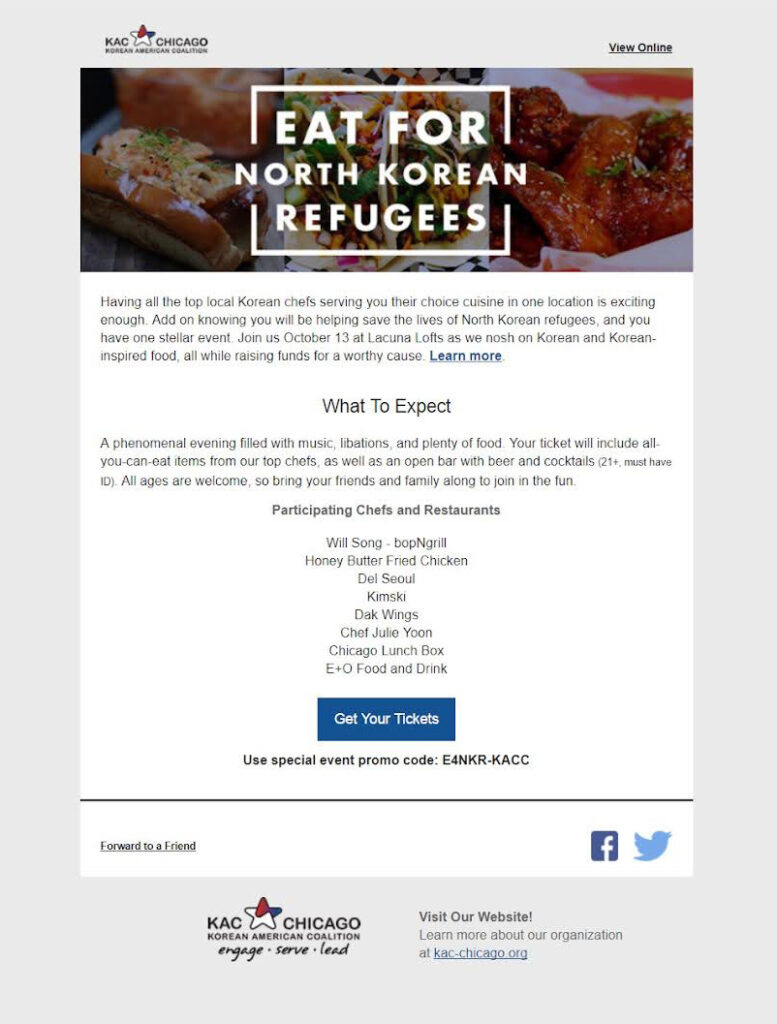
The new email send resulted in a 150% increase in click-through rate which in-turn led to increased traffic to the event page.
Time to listen
While it was close, we exceeded the ticket sales goal by the day of the event, selling 325 tickets. The event went off without a hitch and everyone in the attendance seemed to be relatively enjoying themselves. However, looks can be deceiving.
Feedback
A couple days after the event, I included a survey in the thank you emails that were sent out to participants and attendees that had an incentive of a $100 gift card from a 4-star restaurant (in-kind donation). The results of the survey confirmed some of what I had been overhearing while walking around the event –the name of the event should be reconsidered and that people wanted more originality between food offerings. Most of the people surveyed planned to patronize only 1-2 businesses of the 10 that participated. There was also a shared consensus that event entertainment/activities were lacking. The most concerning was people felt caught off guard and uncomfortable with the group prayer at the beginning.
Insights
In the week following the event, I compared lists of ticket buyers with those of event attendees, paying special attention to the cities (locations) of ticket buyers. I also compared tickets sales dates/times with dates/times of paid social media promotions the organization had done themselves without my involvment.
The results of analyzing the post-event data provided a lot of insight into not only how to plan the event next year, but also how to avoid their usual pitfalls.
- Ticket sales by person exceeded attendance by almost 100. Given there were quite a few comped people in attendance, that was concerning. A lot of people who bought a ticket didn’t attend. Were they using the ticket as a means of simply donating and never planned to attend, or were there other factors?
- A majority of ticket buyers were in the North suburbs, Northeast suburbs, and the Northside of Chicago. But the event was held at a venue on the Southside of Chicago. With the event taking place on a Friday (workday) evening and the traffic being horrendous that day, it helped answer why many ticket buyers didn’t attend.
- Paid social media promotions had little to no visible impact on ticket sales. The Facebook posts that were promoted garnered views, but surprisingly, there were no ticket sales within 3 days following any of the promotions. The organization was in control of all social media posting and were determining deployment dates/times themselves.
- Most tickets sales took place during the week on Tuesday and Friday between 12pm – 2pm. The next highest purchase time was 6-8pm.
Onward & Upward
Bringing feedback and insights together, I was able to offer recommendations to set them on the right path to making next year’s iteration of their annual food event a smooth success.
- Social promotions should be launched during the day between 12-2pm when potential attendees are most likely on their lunch break.
- Emails campaigns should deploy around 6pm when most potential attendees are getting home from work and catching up on their personal email messages.
- The venue for next year’s event should be in the Ravenswood neighborhood. The area was central to ticket buyers. Additionally, there are multiple options for transportation from other areas of Chicago, and Metra stations for attendees coming from (or going to later) the suburbs. This would make a Friday event more of a convenience rather than a burden for many.
- The name of the event needed to be changed to easily convey it is a fun food event that is open to all.
- Encourage participating restaurants to bring unique dishes that still fit the theme, but don’t heavily lean on the 4 main basic ingredients of Korean cuisine.
- Add activities to keep people engaged and entertained such as cooking or drink-making demonstrations.
- With the event taking place in October and ticket sales starting in late August, start marketing at least by May.
- Lastly, add transparency about prayer being included at the beginning of the event.
In 2018, they held the fundraiser at the Ravenswood Event Center with the new name “Eat, Drink, Korea.” They took my design advice to base the promotional flyer on the opening animation for the popular Korean variety show “Three Meals A Day” which conveyed a colorful and lively theme. And a bit to my embarrassment, they used a picture of me from the previous year’s event in event pages around the web (chuckles). While I didn’t attend (nor was I a part of planning), I could tell from the event picture that the space was well-filled and participants looked to be thoroughly enjoying themselves.
